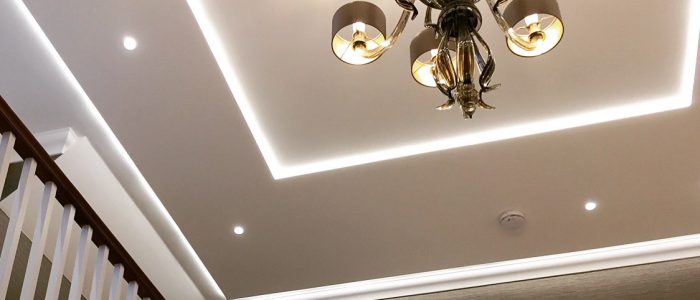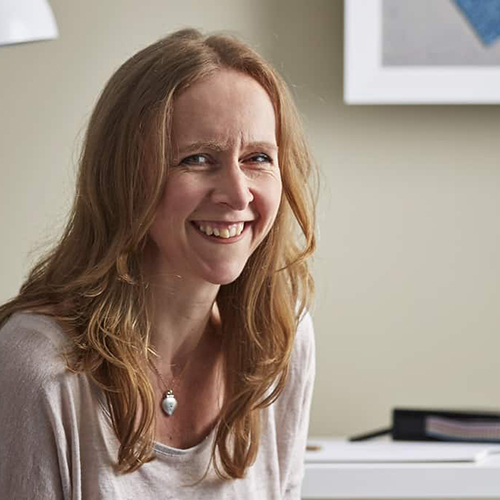The Power of Light
Lighting Interior Design: one of the most important parts of interior design yet something which can often be left as an afterthought. Lighting can make or break a scheme for many reasons. A single source of light, for instance down lights or a simple pendant will provide a very flat one dimensional light. A pendant will leave you with dark spots in the room and neither will add anything by way of texture or mood nor support any tasks carried out in the space. For a scheme that works you need a variety of types of light; general, mood, task and less essentially (yet often desirable) decorative.
The wrong type of light can have an enormous impact on a scheme and greatly affect the colour rendering of a scheme and also how people feel in a space. I see many care homes fitted with LED lights on the correct assumption that after the initial outlay, maintenance would be minimal yet the fitting is a cool blue light LED which renders any furniture or finishes with warm red tones, a far from uplifting muddy brown. We have all looked at an item of clothing in store and found ourselves wandering to the closest source of natural light, risking the security buzzers, to check the true colour. So you get my point, the colour temperature of a light fitting plays a key role in an interior scheme.
Lighting can also affect our body clock. This has been really hammered home to me through our work in healthcare design. Different colours of light have varied wavelengths which the human body responds to in different ways. The cool blue light of the morning kick starts our body clock; the presence of sunlight stimulates the brain to secrete cortisol which promotes a state of alertness, preparing us for the day. As the light changes through the day and then fades to the warm yellow of dusk, we receive the cue to start thinking about winding down and ultimately falling asleep. The science behind this cue is the hormone melatonin which the brain releases towards the end of the day, which causes us to feel drowsy. White and blue based lights will inhibit the secretion of melatonin which will consequently interrupt our body clock, upsetting our usual sleep pattern. So a cool blue light in a care home dining room at the end of the day is not conducive to a relaxed and restful evening for residents. Difficulties regulating the body clock are common in old age and particularly significant for people with dementia so getting the lighting right is essential. I have read stories of even the smallest blue light on an electrical item in a bedroom, altering people’s sleep patterns. Surprisingly nightlights in nurseries can often be a cool light. Melatonin is necessary for children not only to go to sleep but to stay asleep for longer – what every parent wants! On reading this, it got me thinking about blue light and young children. When Cameron was a baby and we were living in Dorking, in a quest to lull him in to his 4.30 Gina Ford nap I would take him out into town. The motion of the pushchair had him nodding off in minutes, I could shop and he would snooze away quite happily. Yet there was one shop which seemed to cause a problem. No sooner had the wheels of the pushchair touched the coconut matting of the entrance to Sussex Stationers, Cameron’s eyes would open and he would start squawking. The second we left the shop he was fine. Initially I did not see a pattern but after subsequent trips with the same response I realised that there was something about this shop which bothered him. Recently reading about light wavelengths and the human response, I now understand that babies and young children really struggle with blue light. Looking back to the stationery shop, it did always feel uninviting and coolly lit so that, after all these years, explains everything. Whilst red light does not promote sleep, it is the only light which does not interfere with the release of melatonin so for a night light would be the best choice.


 As well as having written for regional magazines including
As well as having written for regional magazines including